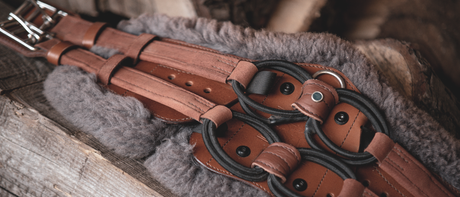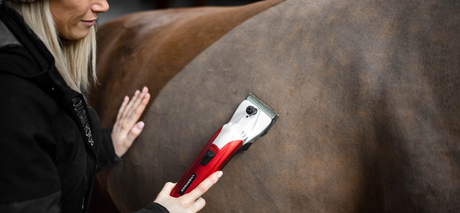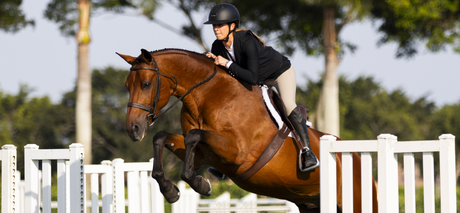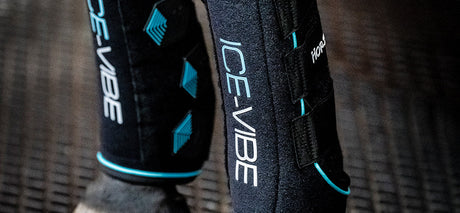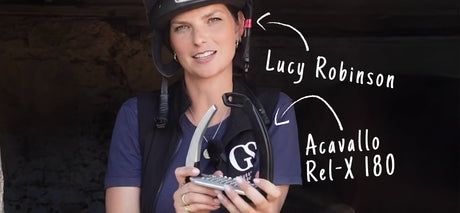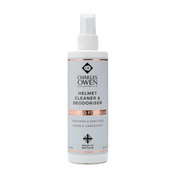As temperatures rises, so too does the buzzing of flies and other pesky insects around the yard. For horses, this isn't just an annoyance. It can lead to discomfort, agitation, and even health issues such as eye infections and allergic reactions. One of the simplest and most effective ways to protect your horse during fly season is with a well-fitted fly mask.
Fly masks serve as a barrier between your horse and the seasonal nuisances that can compromise their well-being. But with so many styles and features available, it can be overwhelming to choose the right one. This guide explain the various types and features so you can make an informed decision on which is best for your horse. Whether your horse is turned out all day or only for a few hours, the right fly mask can make a world of difference in their comfort and health.
Does my horse really need one?
If your horse spends any amount of time outdoors during warm months, the answer is likely yes. Here's why:
- Pest protection: Flies around the eyes can transmit bacteria and cause painful eye conditions.
- Comfort: Horses can become extremely irritated and agitated by insects constantly buzzing around their face.
- Health benefits: Masks help prevent photophobia (light sensitivity), sunburn on pink-skinned noses, and head shaking due to fly irritation.
Horses with sensitive skin, eye conditions, or who live in heavily insect-populated areas benefit the most from regular fly mask use.
How do I choose the right fly mask?
Choosing the right fly mask depends on your horse’s needs, environment, and sensitivities. Here are a few key questions to ask:
- Does your horse have sensitive ears or a white/pink muzzle prone to sunburn?
- Is the environment especially dusty, sunny, or full of bugs?
- Does your horse try to remove masks easily?
- Does the horse need to wear the mask all day?
Understanding these factors will guide your decision on style and features.
Types of Fly Mask
With Ears vs. Without Ears
- With Ears: Ideal for horses sensitive to biting flies or gnats around their ears. Often preferred in heavy insect seasons. Horseware Ireland's Amigo Fly Mask combines comfort with outstanding protection to the ears and eyes in a range of sizes and colours.
- Without Ears: Suitable for horses not bothered by ear pests or who dislike the sensation of ear coverage. Waldhausen offers a great Basic Fly Mask Without Ears that only covers the eye areas. Great for horses that find traditional fly masks uncomfortable.
| With Ears | Without Ears |
With Nose Covers vs. Without
-
With Nose Covers: Helps protect pink or white noses from sunburn and biting flies. Useful in bright, sunny climates. The Shires FlyGuard Pro Fine Mesh Fly Mask With Ears & Nose is a great example of a fly mask with nose covering.
-
Without Nose Covers: Offers less coverage, but can be more comfortable and suitable for horses without sensitive muzzles. Weatherbeeta offers the Deluxe Stretch Bug Eye Saver With Ears that is without a nose cover. and the ComfiTec Deluxe Durable Mesh Mask which is without nose and ear covers for particularly sensitive horses.
- With Tassels: Help deter flies away from the muzzle. Weatherbeeta's ComfiTec Deluxe Fine Mesh Mask With Ears & Tassels offers this type of protection.
| With Nose | Without Nose | With Tassels |
Full-Face vs. Partial Coverage
-
Full-Face: Covers eyes, ears, and nose—ideal for maximum protection from insects and UV rays. The Shires ZEB-TEK Fly Mask offers full protection in a zebra print which confuses flies.
-
Partial Coverage: Typically covers just the eyes (and sometimes ears), providing essential protection without the extra material. Often preferred by horses that are sensitive or find them uncomfortable. The Hy Equestrian Mesh Half Mask without Ears offers a partial coverage mask in a range of sizes from Small Pony to X-Full.
| Full Face | Partial Coverage |
Other Features To Consider
- Adjustability: Ensure snug but not tight fit with adjustable velcro or elastic fasteners.
- Padding: Soft fleece or neoprene edges prevent rubbing for sensitive horses and increase comfort. A great choice is the Equilibrium Field Relief Midi Fly Mask With Ears, it has soft padding at the brow and noseband to prevent rubbing.
- Secure Design: Consider how easily your horse removes masks—opt for designs with reinforced closures if needed.
- UV-blocking: Many masks offer UV protection (up to 70-90%), which is beneficial for light-colored or photosensitive horses. The Shires FlyGuard Pro Sun Shade Fly Mask provides sun protection to the head, cheeks and delicate nose area. With 90%+ UV protection and 60%+ UV protection minimum for the eye mesh area.
With the right fly mask, your horse will be safer, comfortable and happier through the warmer months. Always monitor your horse daily for signs of rubbing or discomfort and adjust or change masks as needed.









